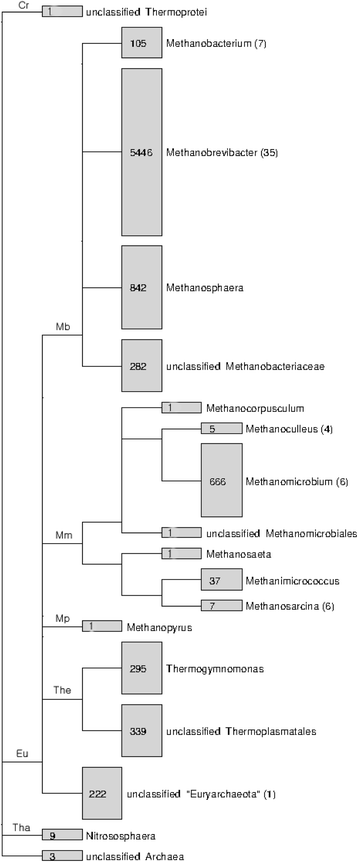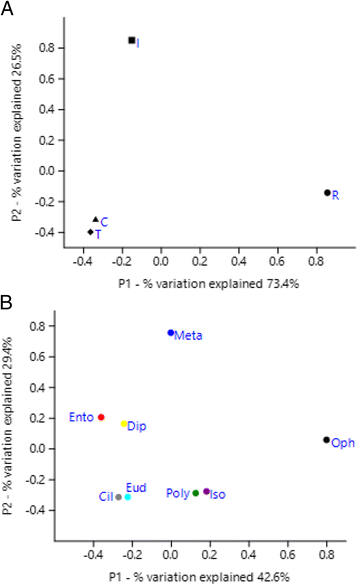Rumen methanogens and mitigation of methane emission by anti-methanogenic compounds and substances
- PMID: 28149512
- PMCID: PMC5270371
- DOI: 10.1186/s40104-017-0145-9
Rumen methanogens and mitigation of methane emission by anti-methanogenic compounds and substances
Abstract
Methanogenic archaea reside primarily in the rumen and the lower segments of the intestines of ruminants, where they utilize the reducing equivalents derived from rumen fermentation to reduce carbon dioxide, formic acid, or methylamines to methane (CH4). Research on methanogens in the rumen has attracted great interest in the last decade because CH4 emission from ruminants contributes to global greenhouse gas emission and represents a loss of feed energy. Some DNA-based phylogenetic studies have depicted a diverse and dynamic community of methanogens in the rumen. In the past decade, researchers have focused on elucidating the underpinning that determines and affects the diversity, composition, structure, and dynamics of methanogen community of the rumen. Concurrently, many researchers have attempted to develop and evaluate interventions to mitigate enteric CH4 emission. Although much work has been done using plant secondary metabolites, other approaches such as using nitrate and 3-nitrooxy propanol have also yielded promising results. Most of these antimethanogenic compounds or substances often show inconsistent results among studies and also lead to adverse effects on feed intake and digestion and other aspects of rumen fermentation when fed at doses high enough to achieve effective mitigation. This review provides a brief overview of the rumen methanogens and then an appraisal of most of the antimethanogenic compounds and substances that have been evaluated both in vitro and in vivo. Knowledge gaps and future research needs are also discussed with a focus on methanogens and methane mitigation.
Keywords: Anti-methanogenic compound; Methanogen; Mitigation; Protozoa; Rumen.
Figures


References
-
- Hegarty R, Klieve A. Opportunities for biological control of ruminal methanogenesis. Crop Pasture Sci. 1999;50:1315–20. doi: 10.1071/AR99006. - DOI
-
- Valle ER, Henderson G, Janssen PH, Cox F, Alexander TW, McAllister TA. Considerations in the use of fluorescence in situ hybridization (FISH) and confocal laser scanning microscopy to characterize rumen methanogens and define their spatial distributions. Can J Microbiol. 2015;61:417–28. doi: 10.1139/cjm-2014-0873. - DOI - PubMed
Publication types
LinkOut - more resources
Full Text Sources
Other Literature Sources
Miscellaneous

